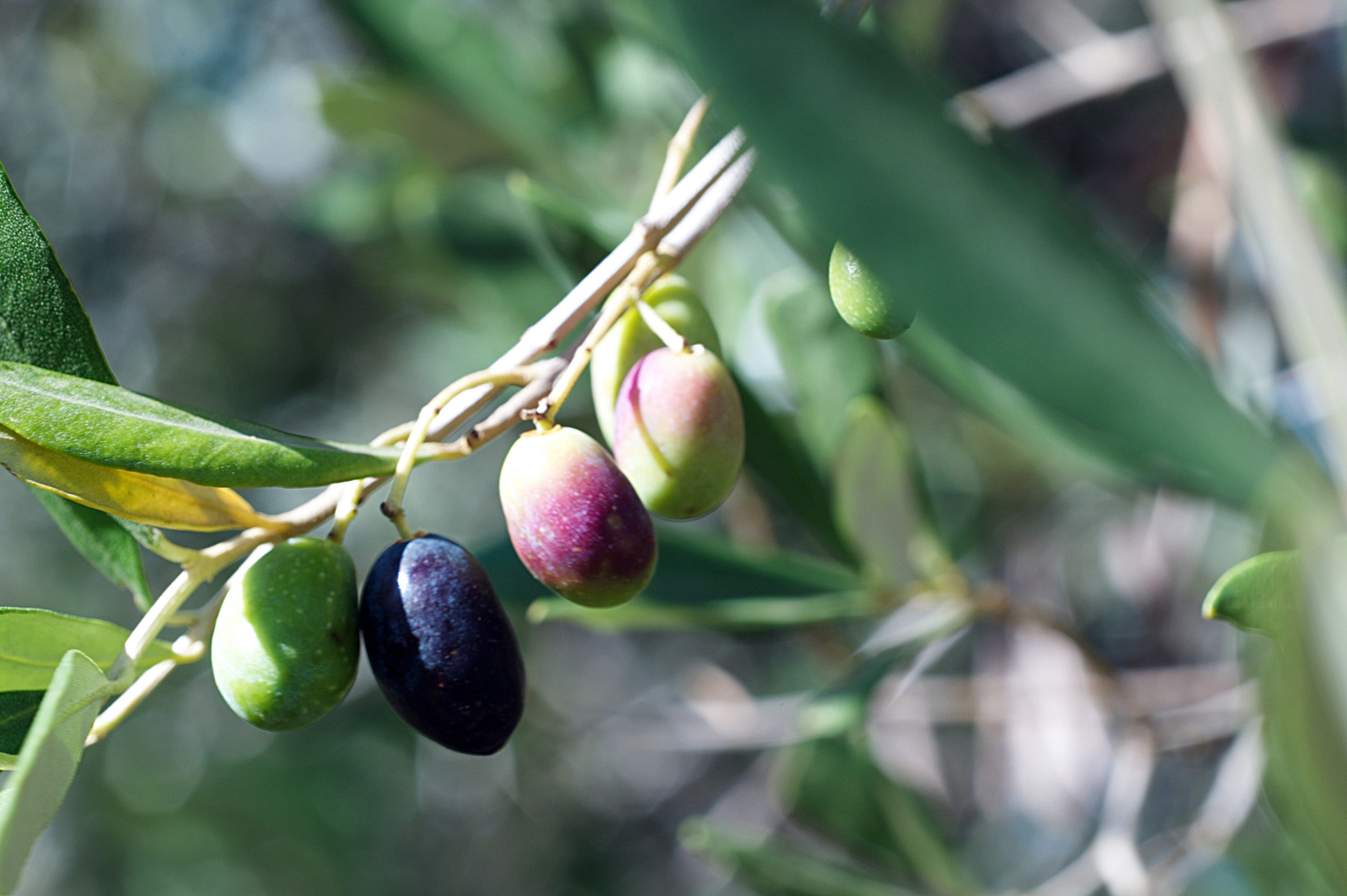
1836, engraving by Conrad Cook
Michel Eugène Chevreul was born in Angers on August 31, 1786, where he studied Greek, Italian, botany, mathematics, physics and chemistry at the Ecole Centrale (University).
On completing his studies, in 1803, he came to Paris to become a pupil, and later a preparator, for Vauquelin's course at the Muséum d'Histoire Naturelle. Here he met such renowned scientists as Cuvier, Lamarck, St Hilaire and Jussieu.
In 1807, he published his first works on the action of nitric acid on cork and his studies on coloring matters, whereas most chemists of the time were only interested in minerals. In 1810, at the age of 24, Chevreul was appointed assistant naturalist at the Muséum, and in 1813 he was also appointed physics teacher at the Lycée Charlemagne in Paris, a post he held until 1828.
From 1821 to 1840, Chevreul was also an examiner at the Ecole Polytechnique; in 1824, he was appointed Director of Dye Works at the Manufacture Royale des Gobelins (a post he held for 61 years). Here, he made important discoveries both in the chemistry of indigotine dyes and in color physics: "Leçons de chimie appliquée à la teinture" (1828-1831) - "De la loi du contraste simultané des couleurs et de l'assortiment des objets colorés" (1829) - "Les lois du contraste des couleurs" (1839).
His studies on the decomposition of light by prism and on the chromatic circle also interested and influenced many Impressionist painters (Seurat, Signac...).

Paris, FG Levrault, 1823. In-8°, XVI-484p. et pl.
In 1826, Chevreul was admitted to the Académie des Sciences, and in 1830 succeeded Vauquelin as chair of chemistry at the Muséum, where he served as director from 1864 to 1879 (at the age of 93!). In 1880, at the age of 95, he gave his last lecture at the Muséum.
On August 31, 1886, a grand ceremony celebrated the centenary of the "Nestor of chemistry", who had lived under two emperors, three republics and four kings.
Chevreul died in 1889 at the age of 103.
An indefatigable researcher - he even called himself Dean of Students in France - Chevreul also made significant contributions in fields that were inseparable from scientific activity in his day, such as philosophy, psychology and the history of science.
Links
• Recherches chimiques sur les corps gras d’origine animale (pdf: 8,5M)
• "Notice historique sur la vie et les travaux de M.E. Chevreul", de Marcelin Berthelot, Secrétaire perpétuel de l’Académie, accompagnée du reportage photographique de Félix Nadar (1886) (Among other studies, this site presents M.E.Chevreul's work on the history of chemistry - his critical reviews of F.Hoefer's “Histoire de la Chimie” - a series of voluminous articles, written over more than ten years and bearing witness to the illustrious scientist's in-depth knowledge of the history of alchemy).


